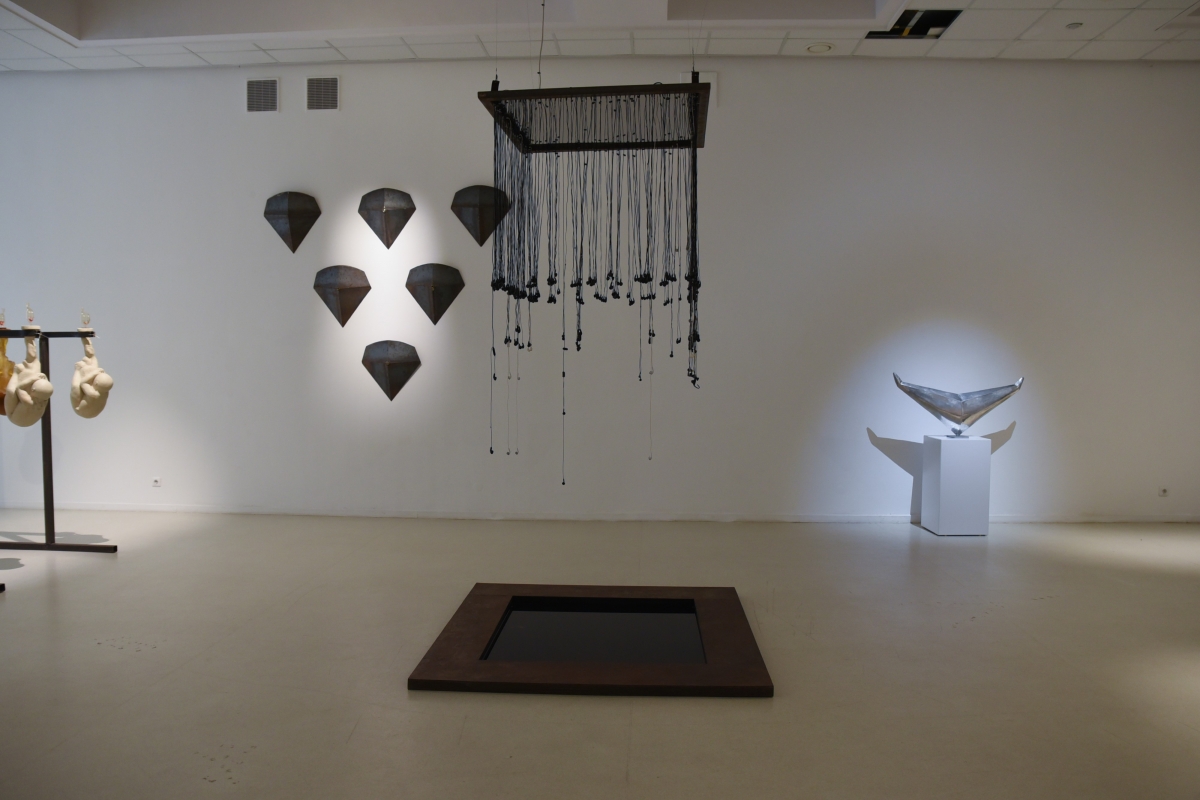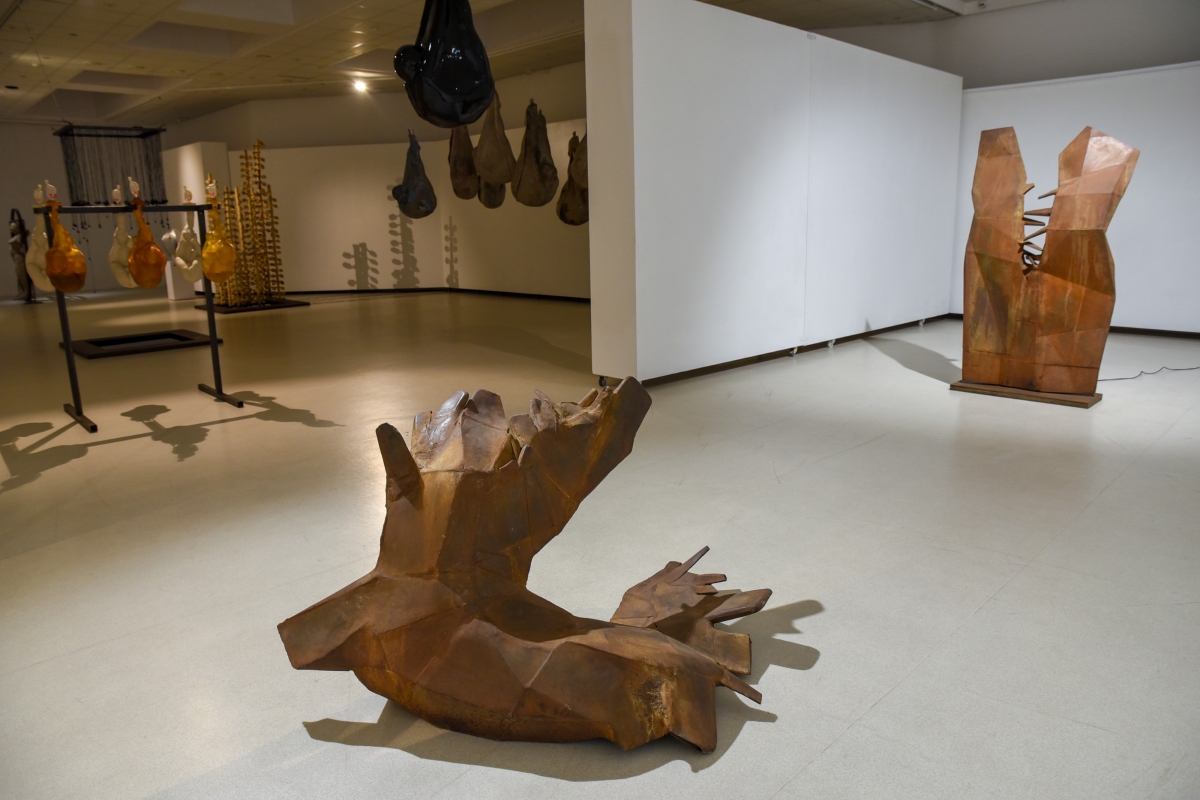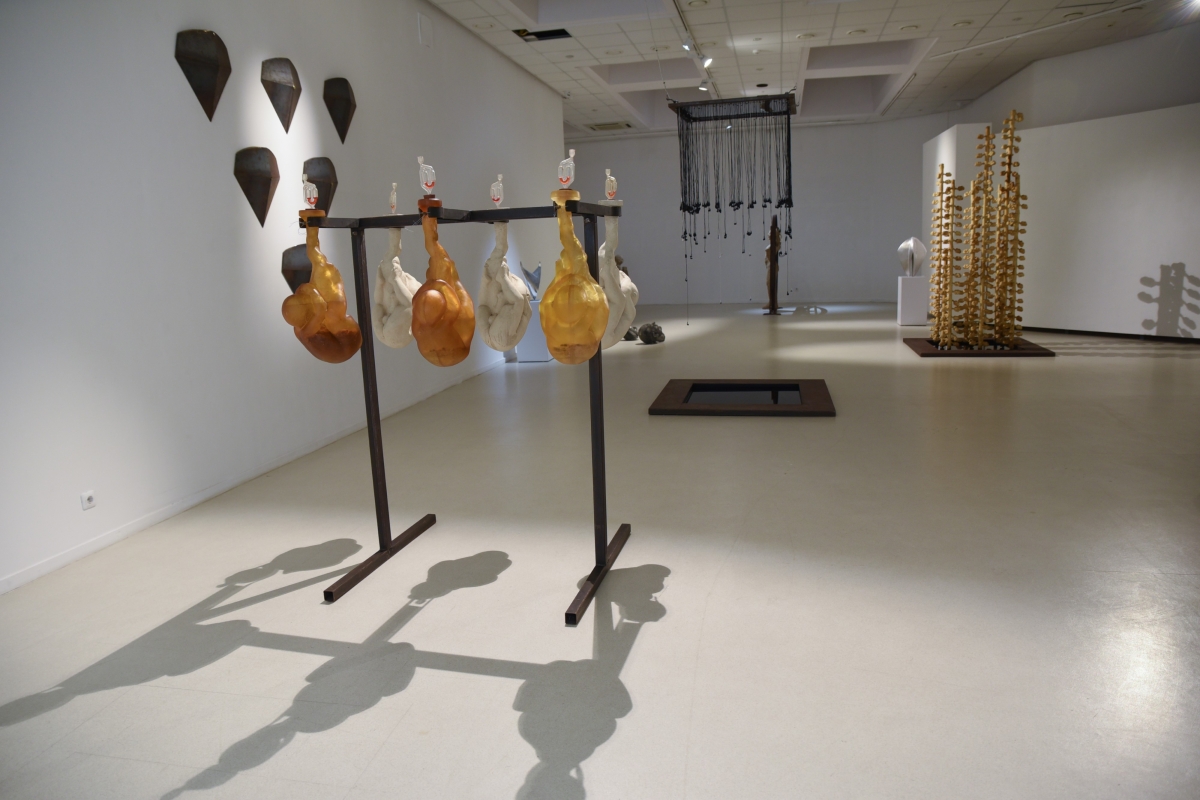The exceptional need to express concrete ideas through art pieces can sometimes turn against the artist. He or she may be accused of being too obvious and literal. On the other hand, the logic of ‘correct’ sophisticated artistry can be defined as the frivolous manipulation of signs. By telling people not to be literal in their art, we can push them along the path of self-denial and inauthenticity. This is a labyrinth that will keep people entrapped for their entire life, constantly trying to outdo themselves and their peers with never-ending charades of pretentiousness and amateurishness. In around 1840, the French painter Paul Delaroche proclaimed ‘From today, painting is dead,’ and the same could probably be said about sculpture and the other visual arts, but still artists are going beyond this announcement, and creating more and more new pieces of art. The observation was probably made when Delaroche saw examples of a daguerreotype, the first successful photographic process; but we have to remember that art was never just an exact copy of the physical world; on the contrary, it was always an artist’s interpretation. It seems the Polish artist Mariusz Burdek expresses this position boldly in his exhibition ‘Transcripts’, which opened on 23 July in the KCCC Exhibition Hall (Klaipėda, Lithuania). This exhibition is part of the international form art festival ‘Fact-Form’, organised by the Klaipėda branch of the Lithuanian Artists’ Association. The aim of the festival is to present multifaceted aspects of spatial art.
‘Transcripts’ is a series of sculptural works that reveal the main motive behind the research and artistic creation by the Polish artist Mariusz Burdek (born in Limanowa, in the south of Poland, in 1985): the search for multiple interactions between the artist’s ideas, the material he processes, and the viewer’s reaction. Mariusz does not want his work to be intrusive, or to lose the intimacy of the meeting. He shapes his compositions in such a way that, with a minimum of resources, they still stimulate the public imagination. In a way, the artist creates associative mutations. For this, he uses various materials: metal, sponge, ceramics, transparent resin, and water, with all its symbolic content as the binding element.
The artist is not afraid to be quite literal in the stories he wants to transmit through his sculptural pieces. His installation Diffusers, made from flexible foam and metal, does not allow visitors to the gallery to remain indifferent. The surface of the exhibition, the pathos, reflects the reality of Polish issues. Catholic Polish society is now painfully split on the issue of abortion. The stereotypical, absolute relations between the Church and society in Poland (which still exist elsewhere in Europe and the world) have long been replaced by a new dynamic, where everything can be doubted, everything can be unmasked, and everything can be ridiculed. Therefore, the works in the exhibition do not even try to hide the fact that they are about the near-total ban on abortion in Poland. The installation Diffusers is not categorical, because the sensitive subject is cleansed of opinion, leaving only the core: the physical form of life is exalted, and at the same time diminished, in the abundance of its copies. The symbolic value of inception and the symbolic relation of inwardness are missing from it: it is all in externals. The relatively cheap and brittle materials allow the object to lose its objective finality and its function: the piece consists of trees made from elastic foam in a shape inspired by casting trees used in jewellery casting. Moreover, it loses its symbolic meaning, its importance, and raises questions: Is our human life form more superior and important than those of other species? Have we passed our uniqueness and can now regulate life and death as a technical operation? What is the value of life in post-industrial societies? At the same time Diffusers also spreads guilt around a large number of people. Whether that guilt is taking women’s rights away or desecrating life is up to the public to decide. The form of the embryo also speaks of a society that still has a long way to go before it becomes a fully fledged person. A similar symbolism is applied in Touchstone, in which a stand is holding vessels in the shape of foetuses. Real wine is made Inside the vessels, which literally animates the ceramic and resin-made ampules. Here, water is converted into wine. The artist enjoys a fusion of sacred and profane themes, while keeping a safe distance from the trendy contempt for religious symbols.
The old saying that ‘the government should keep out of citizens’ bedrooms’ is almost ironic, knowing all the laws that touch almost every aspect of human life, even the most intimate. Artificially induced political and moral disputes push society and even members of a family apart. The installation Distance speaks about that exact feeling of separation from your closest ones. Some very recognisable furniture, which can be used for sitting together, communicating and meeting, in the form of a table, freezes the possibility of any communication that is like our daily bread. For we do indeed consume communication, the consumption of human connection, of unanimity, cooperation, warmth and social involvement, standardised in the form of services, which can sometimes be even more vital to the individual than biological nourishment in a system where social distance because of Covid-19 and the general coldness of social relations are the rule. The frostiness that can really be felt near this installation surprises us with the stimulation of a sensation that has not yet been fully exploited in art: we already seem to have seen everything that can be done with light, sound and even smell, but the use of low temperature in art is a fresh new concept. Burdek makes the most of it in his installation The Epitaph, where ice is a high-impact material that actually creates a connection between people by expressing written characters.
Mariusz Burdek’s multifaceted pieces of art are based on an analysis of everyday objects and current human and societal problems. The discourse of art fragments them to the point of abstraction. Having the abstract, we could even call them somewhat neo-figurative. Even though the artist’s main objective is to ask questions rather than define or tell a story, we can still read these installations like an open book, and understand exactly what the artist, who channelled the social and cultural tone of the collectivity, meant. Burdek does not shy away from having an opinion, and yet he does not shove his beliefs down our throats. Every installation delivers a specific message, but leaves spectators the right to decide for themselves what is most acceptable to them. The main feeling that you take home from this exhibition is not necessarily at the level of opinions or concepts, but is felt more as an altered sense of patterns of perception delivered through the influence of external stimuli on the individual’s reaction and the process of consciousness-building, steadily and without any resistance. There is no feeling of deception or trickery here, only a sense that a mature dialogue has just taken place.

Exhibition ‘TRANSCRIPTS’ by Mariusz Burdek at the KCCC Exhibition Hall, 2021. Photo: Ingrida Mockutė-Pocienė

Exhibition ‘TRANSCRIPTS’ by Mariusz Burdek at the KCCC Exhibition Hall, 2021. Photo: Ingrida Mockutė-Pocienė

Exhibition ‘TRANSCRIPTS’ by Mariusz Burdek at the KCCC Exhibition Hall, 2021. Photo: Ingrida Mockutė-Pocienė

Exhibition ‘TRANSCRIPTS’ by Mariusz Burdek at the KCCC Exhibition Hall, 2021. Photo: Ingrida Mockutė-Pocienė

Exhibition ‘TRANSCRIPTS’ by Mariusz Burdek at the KCCC Exhibition Hall, 2021. Photo: Ingrida Mockutė-Pocienė

Exhibition ‘TRANSCRIPTS’ by Mariusz Burdek at the KCCC Exhibition Hall, 2021. Photo: Ingrida Mockutė-Pocienė

Exhibition ‘TRANSCRIPTS’ by Mariusz Burdek at the KCCC Exhibition Hall, 2021. Photo: Ingrida Mockutė-Pocienė

Exhibition ‘TRANSCRIPTS’ by Mariusz Burdek at the KCCC Exhibition Hall, 2021. Photo: Ingrida Mockutė-Pocienė

Exhibition ‘TRANSCRIPTS’ by Mariusz Burdek at the KCCC Exhibition Hall, 2021. Photo: Ingrida Mockutė-Pocienė






























